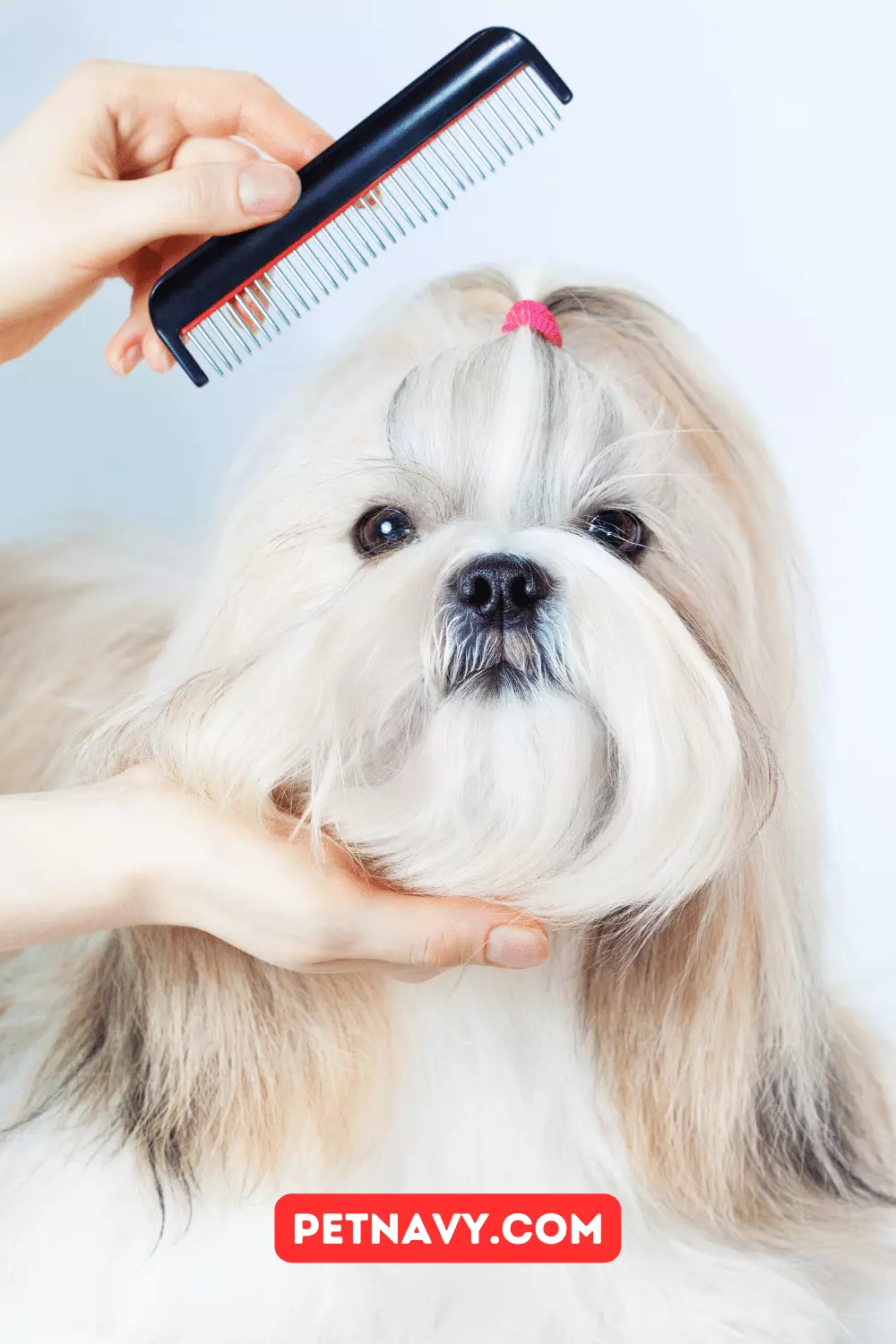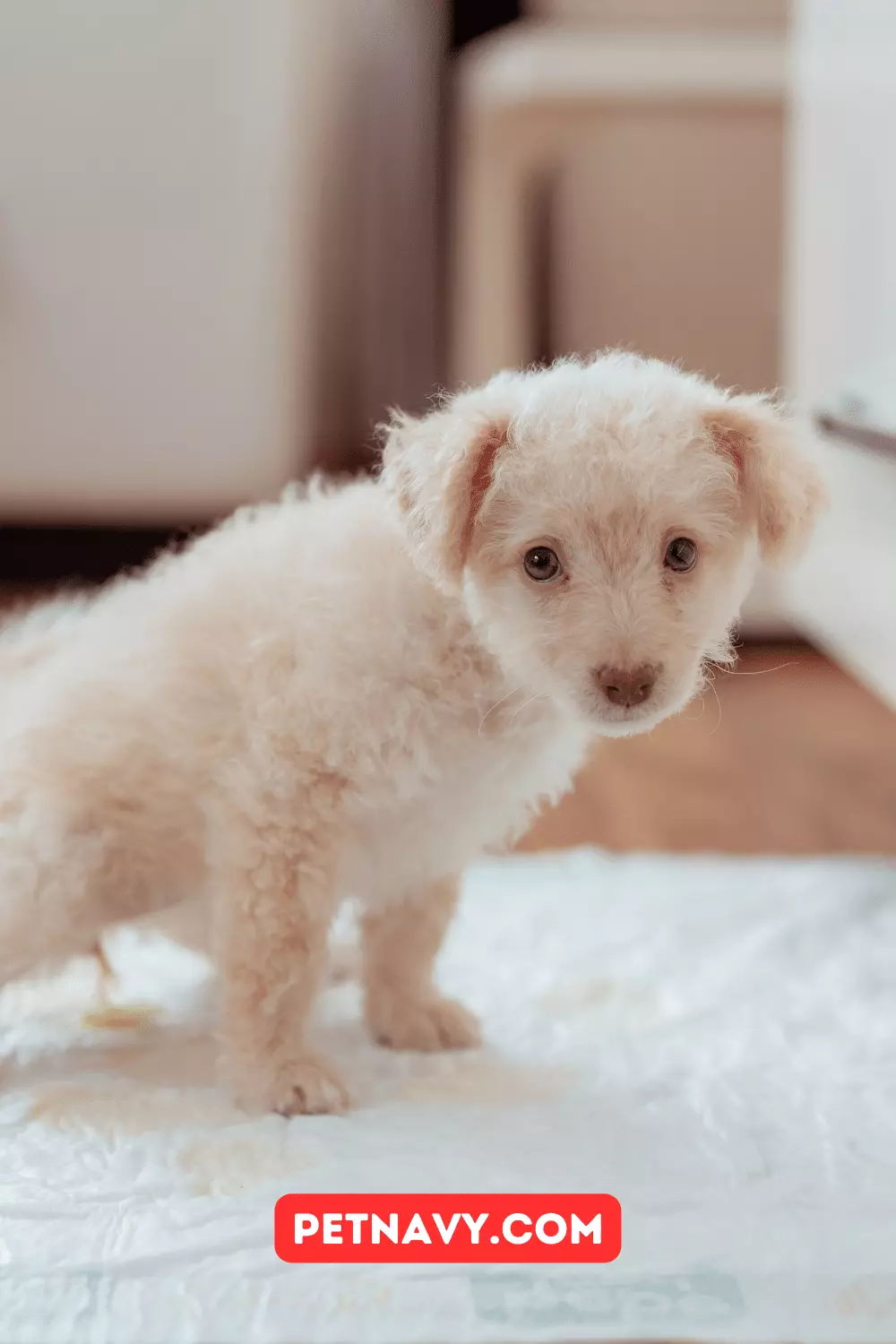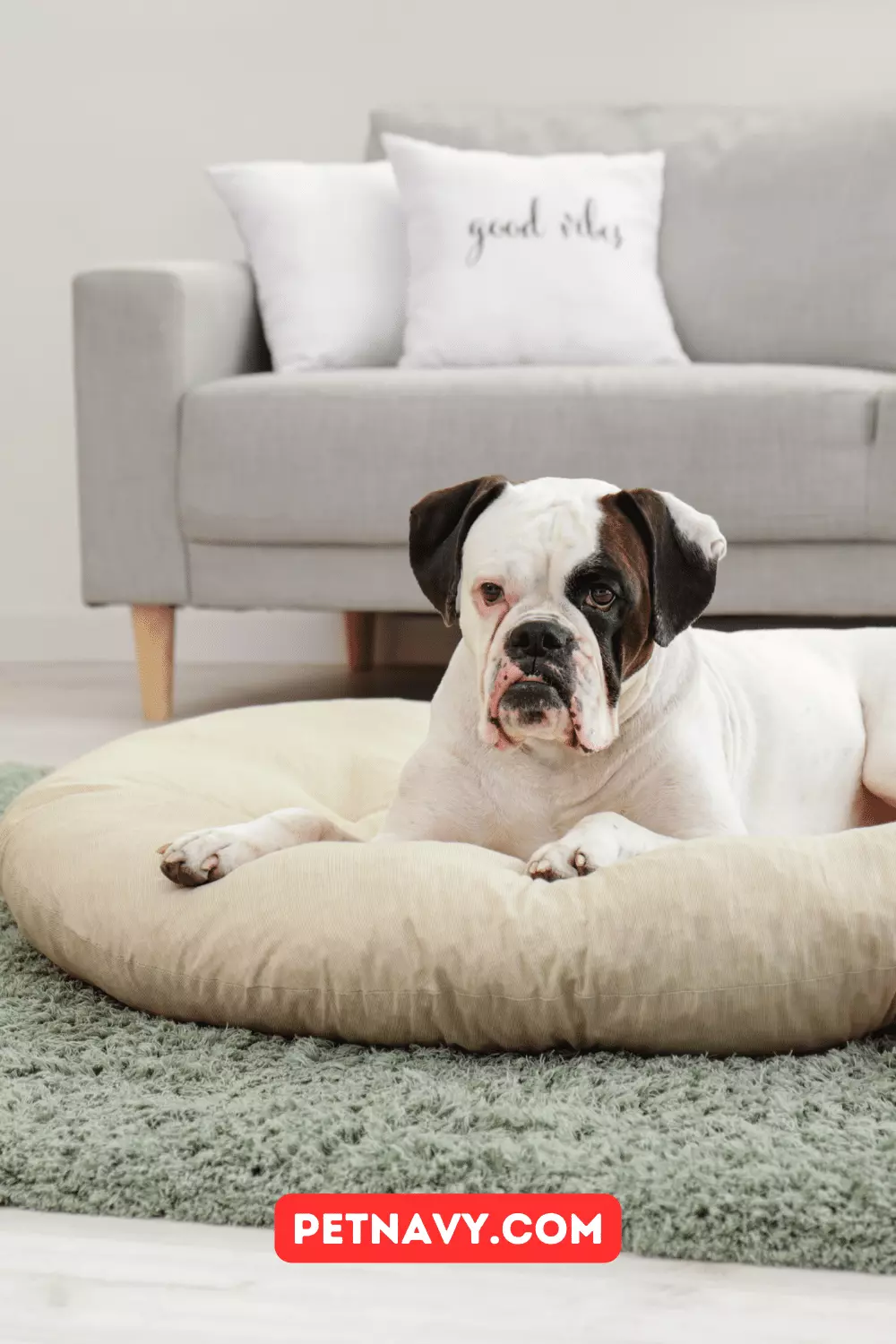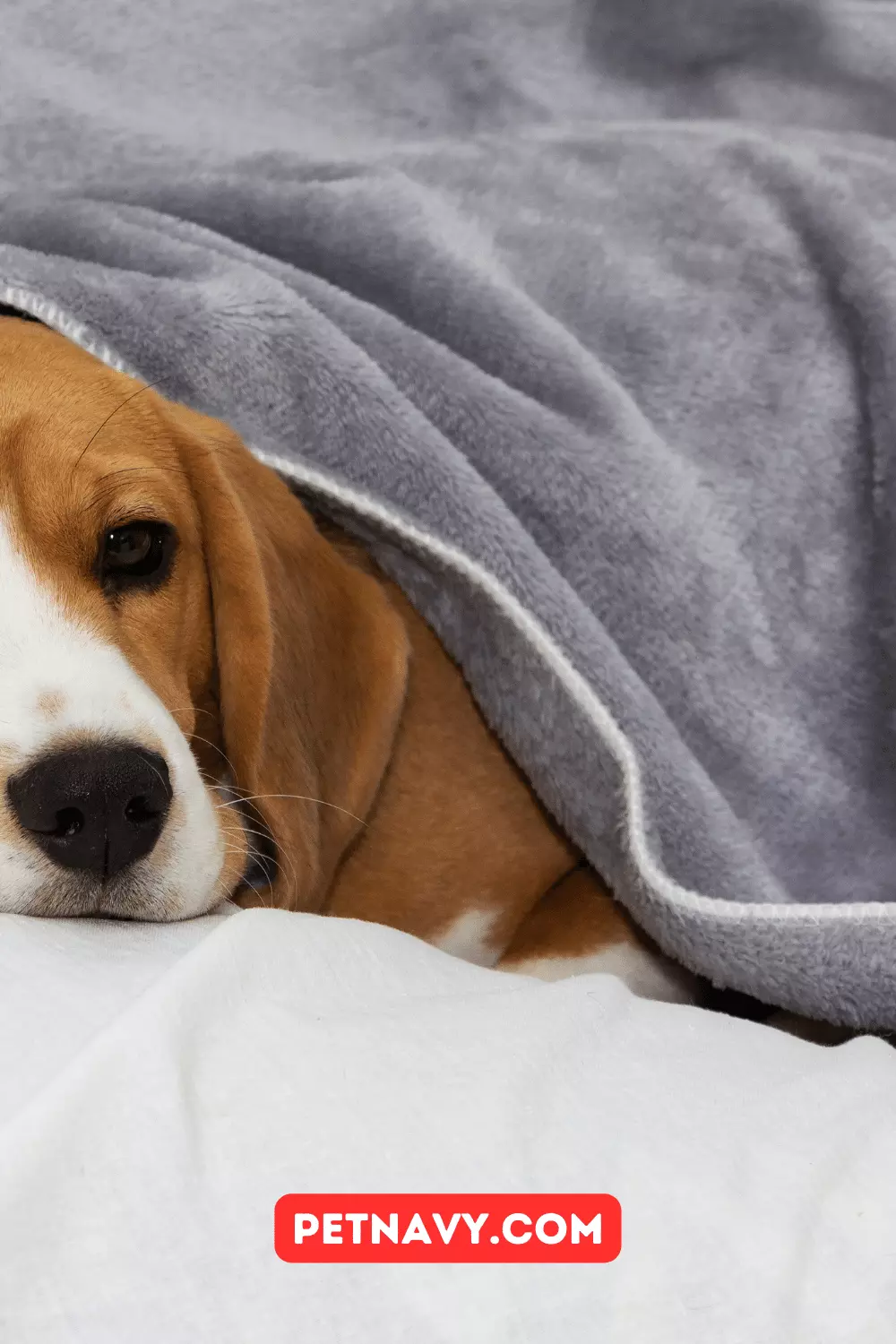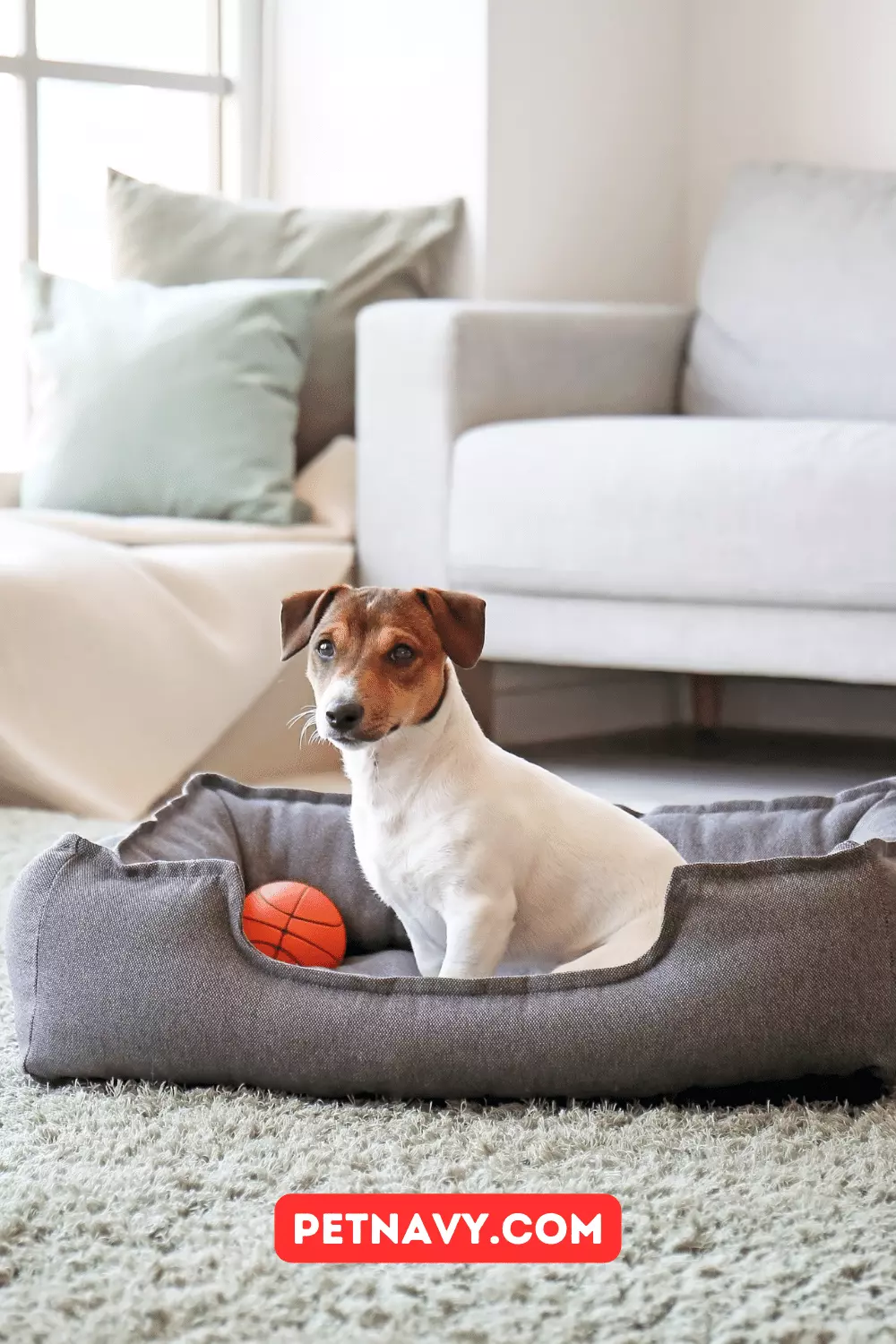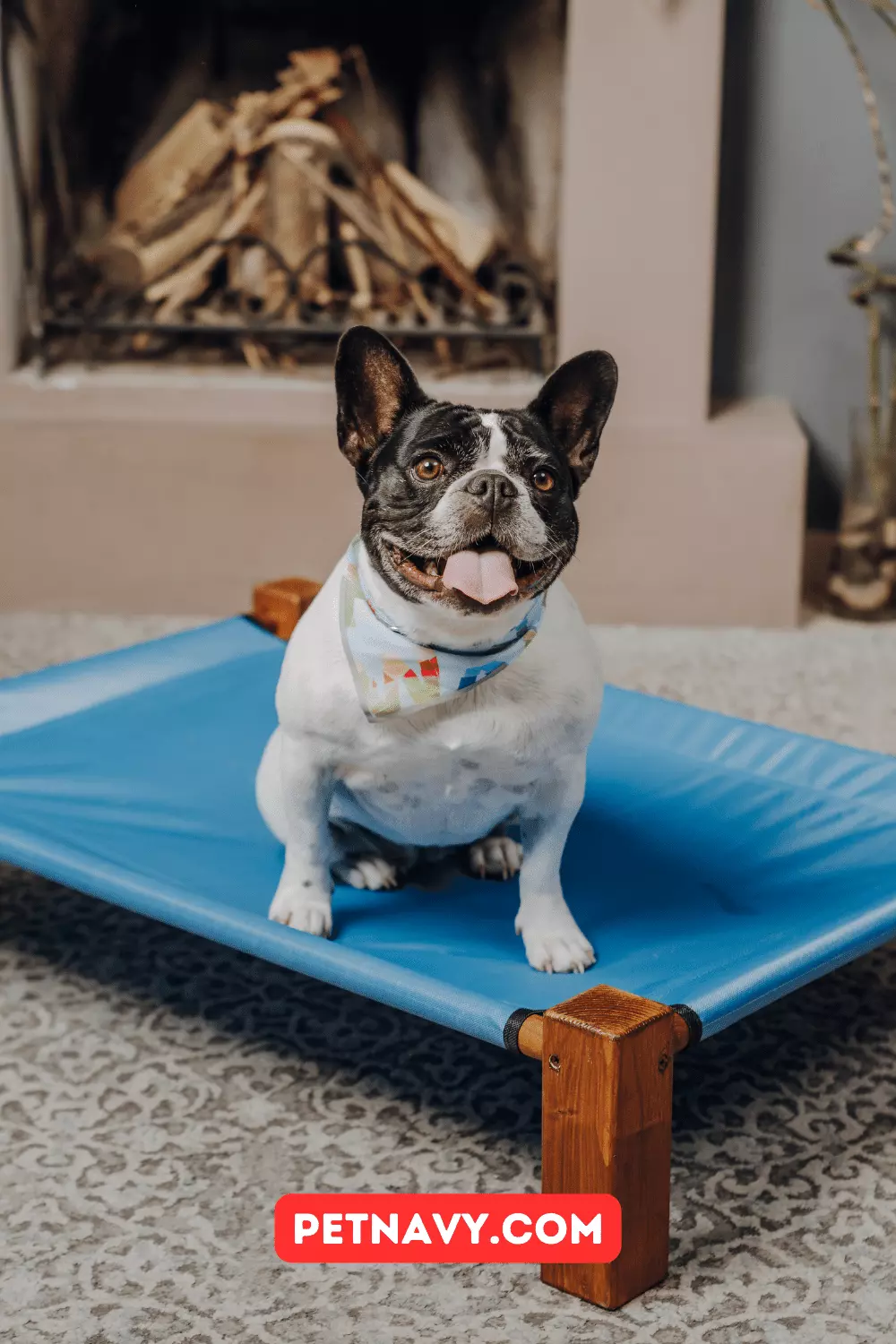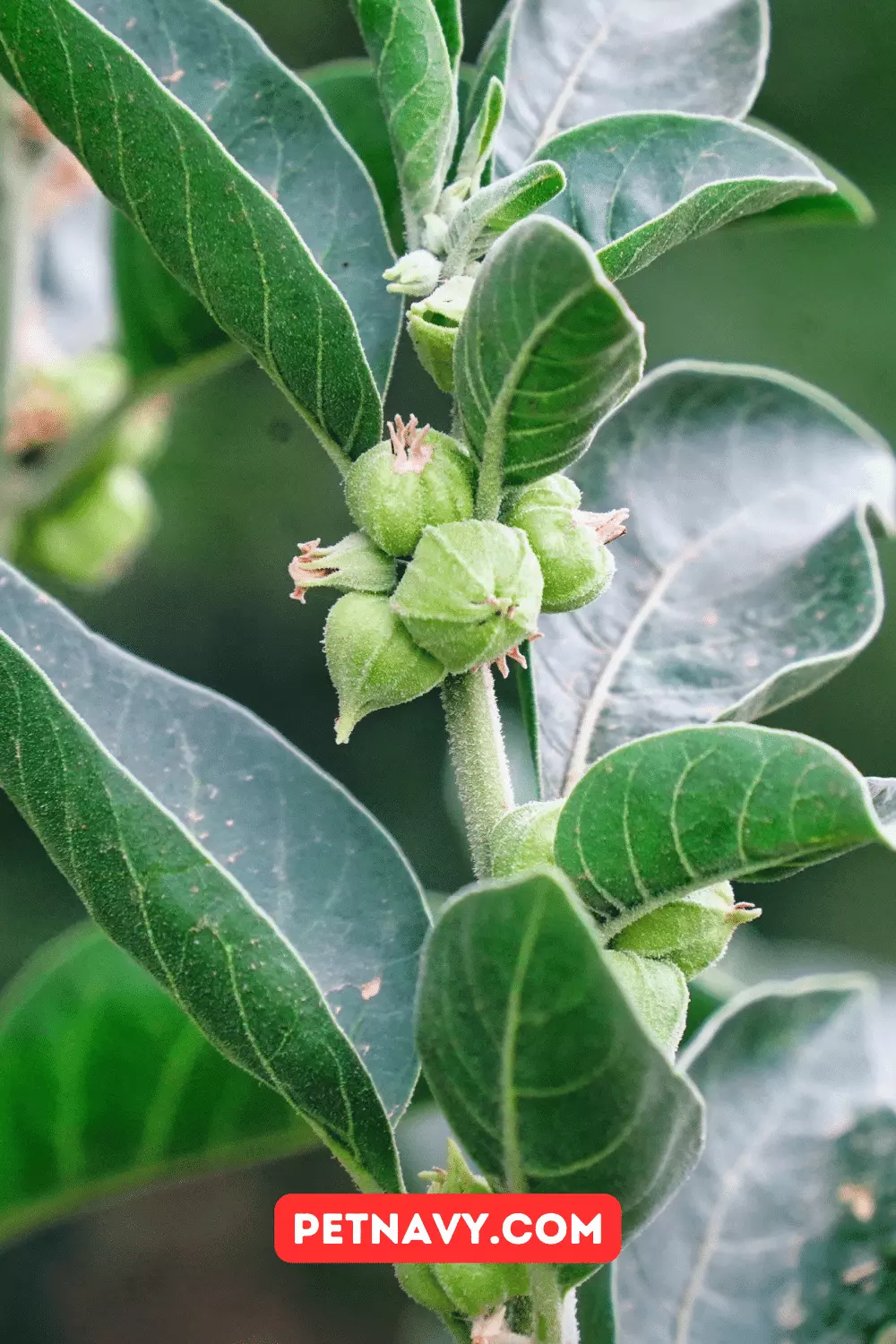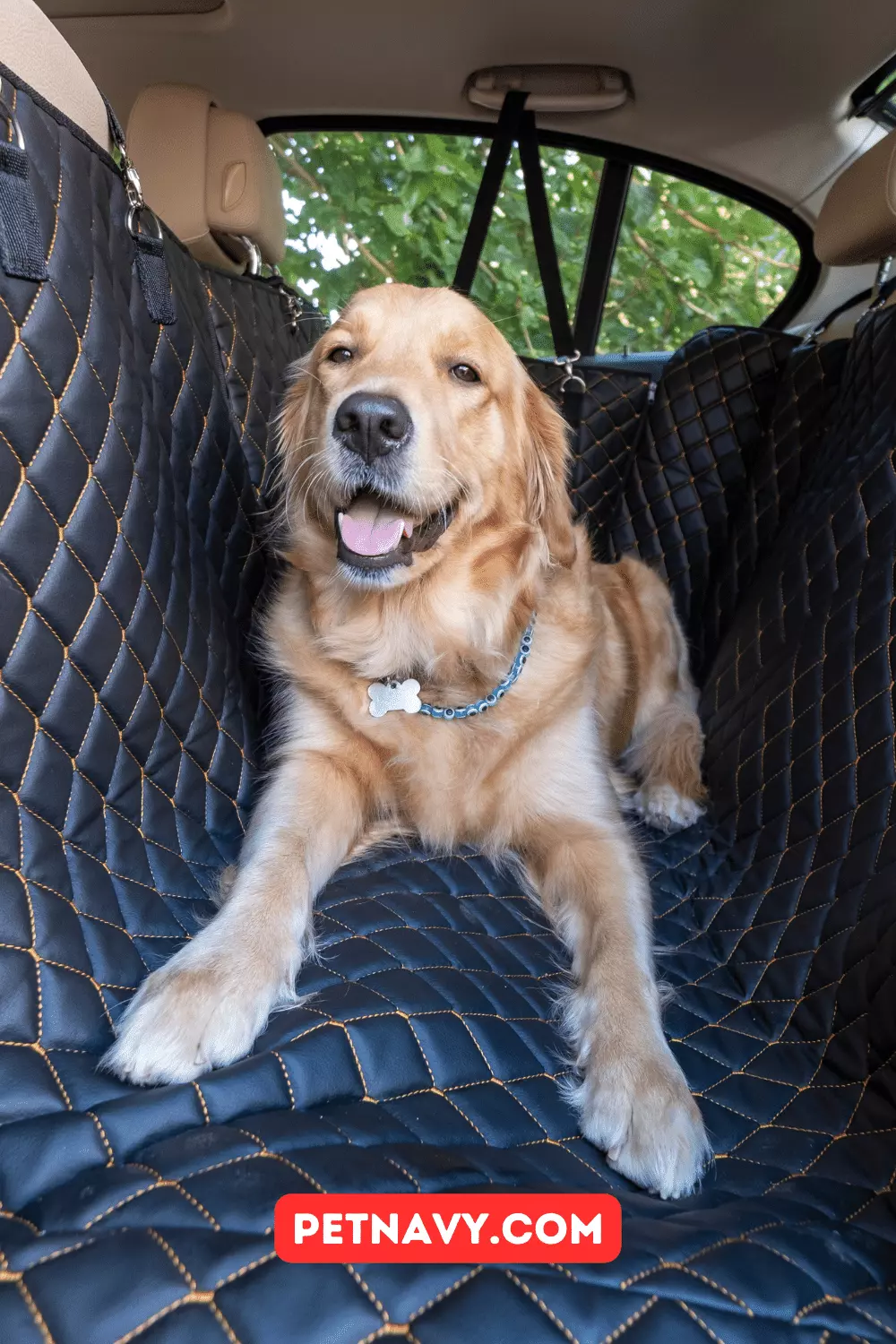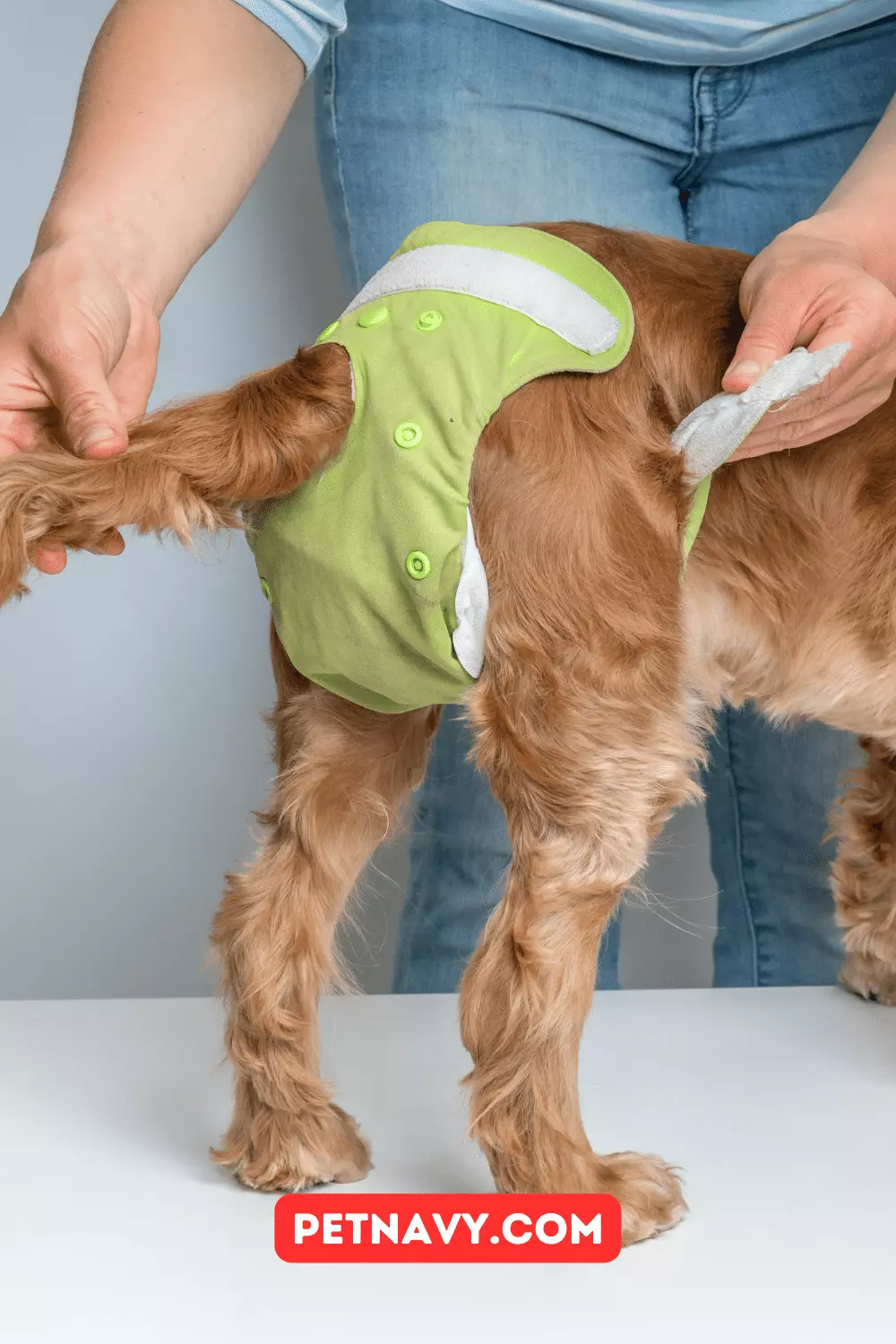Why Does My Dog Keep Sitting Down After Grooming?
Uncover reasons behind your dog keep sitting down post-grooming. Explore insights into canine behavior, comfort, and how to ensure a positive grooming experience. 🐶✂️
The webpage from Dog Training Me discusses why dogs might sit down frequently after grooming.
Here’s a summary:
Why Dogs Sit After Grooming
- Dogs might sit down or scoot (drag their butt along the ground) after grooming because the groomer has likely checked and emptied their anal glands.
- Anal glands, or anal sacs, are scent glands located between the muscles that make up the rectum and are naturally expressed each time a dog poops.
- If the anal glands don’t empty properly, fluids can build up, leading to blockages, difficulty or pain during bowel movements, and potentially infections or abscesses.
- After having their anal glands emptied by a groomer, a dog might sit and scoot due to irritation, trying to relieve it.
How Often Should Anal Glands Be Expressed
- The frequency with which a dog’s anal glands need to be expressed depends on the individual dog’s condition.
- Some dogs may need their anal glands expressed manually once a month, while others might only need it once or twice a year.
- It’s advisable to consult with a vet regarding how often your dog’s anal glands should be emptied.
Causes of Anal Gland Problems
- Impacted anal glands can lead to infection and abscesses.
- Dogs with skin conditions, such as bacterial or yeast infections, mites, food allergies, atopic dermatitis, or those that are overweight or have hypothyroidism, may be prone to recurrent anal gland issues.
- Dogs that have their anal glands expressed frequently might develop inflammation and scar tissue, which can narrow the anal gland duct and cause problems.
How Groomers Express Dogs’ Anal Glands
- Groomers may express a dog’s anal glands by squeezing out the fluid manually, which can be a smelly process.
- The groomer will shampoo the dog, cleanse the area below the tail, and assess whether the glands require expression.
- If expression is needed, the groomer, wearing gloves, will palpate the glands from outside and express them, often while the dog is in a tub to flush away the fluid.
Dog Anal Gland Care Tips
- Address any skin conditions, obesity, or other issues that might be contributing to anal gland problems.
- Add fiber to your dog’s diet to support healthy bowel movements and natural expression of the anal glands.
- Fish oil, rich in Omega 3 fatty acids, can be added to the dog’s diet for its anti-inflammatory properties, which may help treat anal gland impaction.
Conclusion
- It’s normal for dogs to scoot and sit after grooming when their anal glands have been emptied.
- If the behavior continues or if other signs of infection occur, it’s important to consult a vet.
- Treating skin infections, obesity, and other conditions, as well as providing a diet rich in fiber and fish oil, can help manage and prevent anal gland problems.
If you need more detailed information or have further inquiries, please let me know!
Why does my dog keep sitting down after grooming?
- Answer: Dogs might sit down or scoot after grooming due to the groomer emptying their anal glands, which can cause temporary irritation. They do this to try and relieve the irritation.
What are anal glands and why might they cause my dog to sit or scoot?
- Answer: Anal glands, or anal sacs, are scent glands located between the muscles of the rectum. They are naturally expressed when a dog poops. If they don’t empty properly, it can lead to blockages, infections, or abscesses, causing discomfort and prompting the dog to sit or scoot.
How often should a dog’s anal glands be expressed?
- Answer: The frequency varies depending on the dog’s condition. Some dogs may need their anal glands expressed manually once a month, while others might only need it once or twice a year. Consultation with a vet is recommended to determine the appropriate frequency.
What problems can arise from anal gland issues?
- Answer: Impacted anal glands can lead to infections and abscesses. Dogs with certain skin conditions, or who are overweight, might be prone to recurrent anal gland issues. Frequent expression can also lead to inflammation and scar tissue formation, causing further issues.
How do groomers express a dog’s anal glands?
- Answer: Groomers express the anal glands manually by squeezing out the fluid. They shampoo the dog, cleanse the area below the tail, and, wearing gloves, palpate and express the glands, often while the dog is in a tub to flush away the fluid.
What can I do to care for my dog’s anal glands at home?
- Answer: Address any contributing issues like skin conditions or obesity, add fiber to your dog’s diet to support healthy bowel movements, and consider adding fish oil to their diet for its anti-inflammatory properties, which may help with anal gland impaction.
When should I take my dog to the vet for anal gland issues?
- Answer: If your dog continues to sit or scoot well after the grooming session, or if other signs of infection (such as excessive licking of their butt, biting, or blood and pus draining from the rectum) occur, consult a vet immediately.
Can I express my dog’s anal glands myself?
- Answer: While it is possible to learn how to express a dog’s anal glands at home, it is often recommended to leave this to a professional unless you have been properly instructed on the procedure, as it can be an unpleasant and potentially messy process.
Is it normal for dogs to scoot even if their anal glands are healthy?
- Answer: Occasional scooting might be normal, but if it’s frequent or persistent, it might indicate an issue with the anal glands or other health concerns and should be checked by a vet.
Can diet affect my dog’s anal gland health?
- Answer: Yes, a diet that supports healthy bowel movements can help with natural anal gland expression. High-fiber dog food and adding fish oil (which has anti-inflammatory properties) to their diet can be beneficial.
Are certain dog breeds more prone to anal gland issues?
- Answer: Some breeds may be more prone to anal gland issues due to their size, shape, and genetic predispositions. It’s advisable to consult with a vet or a breeder to understand breed-specific health issues.
What are the signs of anal gland problems in dogs?
- Answer: Signs can include sitting, scooting, excessive licking of the anal area, biting at the tail or backside, and potentially blood or pus draining from the rectum.
Can anal gland issues be prevented?
- Answer: While not all anal gland issues can be prevented, regular check-ups, a healthy diet, and addressing any underlying health issues (like allergies or obesity) can help manage and potentially minimize anal gland problems.
Is anal gland expression painful for dogs?
- Answer: Anal gland expression should not be painful, though it might be uncomfortable. If a dog appears to be in pain during or after the procedure, it’s crucial to consult a vet as there may be an underlying issue, such as an infection or abscess.
Can anal gland issues reoccur after being treated?
- Answer: Yes, especially if the underlying cause of the issue is not addressed (like chronic soft stools, allergies, or obesity). Regular vet check-ups and a proper diet can help manage and potentially prevent recurrent issues.
Should I ask the groomer not to express my dog’s anal glands?
- Answer: It might be advisable, especially if your dog has had issues in the past. Always consult with your vet regarding anal gland expression and discuss with your groomer whether it should be part of the grooming routine.
How can I make my dog comfortable after their anal glands have been expressed?
- Answer: Ensuring a clean and soft area for them to sit, avoiding irritation in the anal area, and monitoring their behavior for any signs of discomfort or pain can help. If they seem particularly bothered, a vet visit might be necessary.
Can a dog’s anal glands burst?
- Answer: Yes, if anal glands become overly full or impacted, they can burst, leading to a painful abscess. This is a veterinary emergency and requires immediate attention.
How are anal gland issues diagnosed?
- Answer: A vet will typically perform a physical examination, which might include palpating the glands and possibly expressing them. Further tests might be needed if an infection or other issues are suspected.
Can anal gland issues cause long-term damage?
- Answer: Chronic anal gland issues can lead to recurring infections, abscesses, and potentially the formation of scar tissue, which can cause ongoing problems. Addressing issues promptly and managing underlying causes is crucial to minimize long-term impact.
You may also like these:
-

Finding the Longest Retractable Dog Leash for Your Pup
Giving your furry friend the freedom to roam and explore is an essential part of being a dog owner. But how much freedom is too much?
-



Bloat: A Threat for All Dogs, Not Just Deep-Chested Breeds
All Dogs at Risk! Learn about bloat (GDV), signs, prevention & why any breed can suffer.
-



Bloat-Prone Breeds: Exploring the Top 8 Dog Breeds at Risk
Explore the top bloat-prone breeds and learn about the risks. Safeguard your furry companion’s health with our informative guide!
-



The Comprehensive French Bulldog Guide by Melvin
Explore essential French Bulldog care tips, health advice, and training insights in our expert guide, perfect for Frenchie owners and enthusiasts.
-



Why You Might Want to Rethink Using a Ranger Retractable Dog Leash?
Reconsider the Ranger Retractable Dog Leash! Delve into potential risks and learn why some experts advise against its use for your pet’s safety. 🐶🚫
-



Wahl Dog Shampoo Recall: Tips for Protecting Your Dog
Discover tips for protecting your dog from the Wahl dog shampoo recall. Keep your furry friend safe and healthy, read now!
-



Why Does My Dog Keep Sitting Down After Grooming?
Uncover reasons behind your dog keep sitting down post-grooming. Explore insights into canine behavior, comfort, and how to ensure a positive grooming experience. 🐶✂️
-



Is It Dangerous for Dogs to Eat Puppy Pad?
Explore the risks of dogs eating puppy pads: Understand the potential dangers, symptoms of ingestion, and preventive measures for pet safety. 🐶
-



Top 5 Bestselling Orthopedic Dog Beds for 2023
Explore the top 5 orthopedic dog beds of 2023! Dive into options that combine comfort and support to enhance your pet’s rest and joint health. 🐶💤
-



Top 5 Bestselling Waterproof Dog Blankets for 2023
Stay dry with the top 5 waterproof dog blankets of 2023! Explore high-quality, bestselling options for ultimate pet comfort and protection. 🐶💦
-



Top 5 Bestselling Indestructible Dog Beds for 2023
Discover 2023’s top 5 indestructible dog beds! Explore durable, comfortable options that withstand the toughest chewers for lasting comfort. 🐶🛏️
-



10 Best Selling Raised or Elevated Dog Beds
Discover the top 10 best-selling raised or elevated dog beds! Explore quality options that offer comfort and support to ensure your pet’s sweet dreams. 🐶💤
-



The Benefits of Ashwagandha For Dogs
Explore the wonders of Ashwagandha for dogs! Discover how this powerful herb can enhance canine well-being and address various health issues. 🐶🌿
-



Kirkland Dog Pads Recall: 7 Steps to Secure Pet Safety
Stay informed about the Kirkland Dog Pads recall. Learn the crucial steps to ensure your pet’s safety and how to secure alternative solutions. 🐶🛑
-



DIY: 5 Simple Free Patterns for Male Dog Diapers
Craft with love! Explore 5 simple DIY free patterns for male dog diapers to create functional and comfortable diapers at home. 🐶✂️🧵








